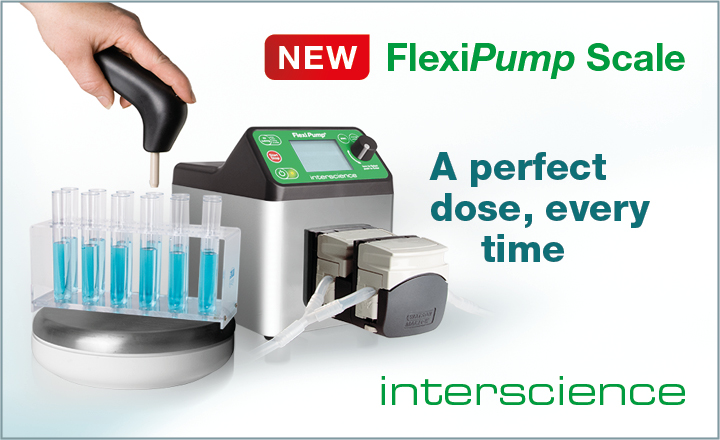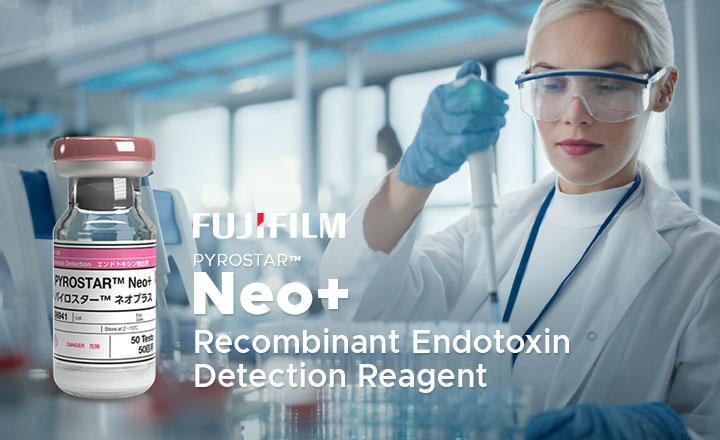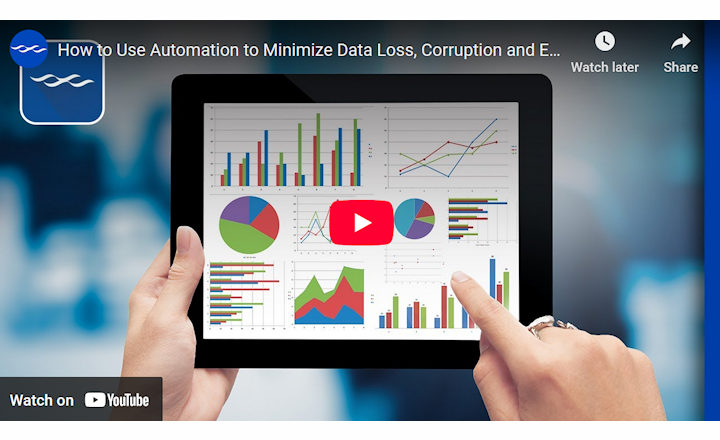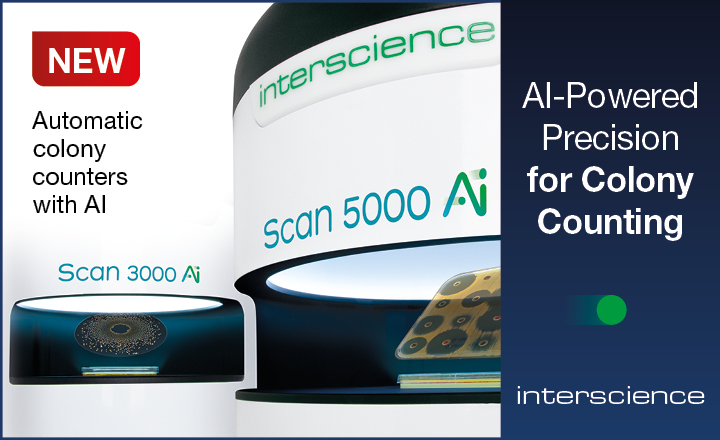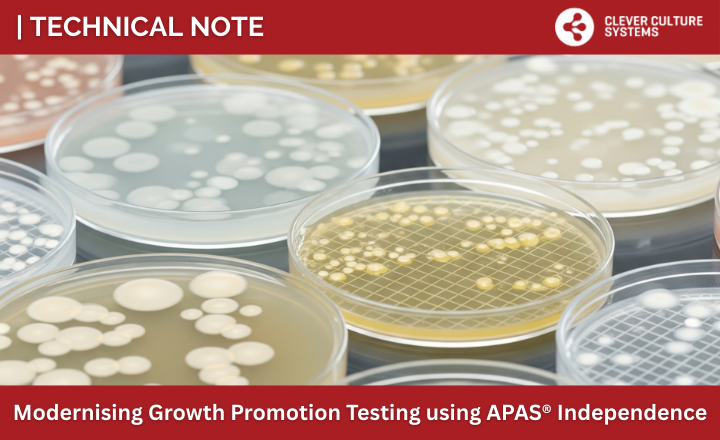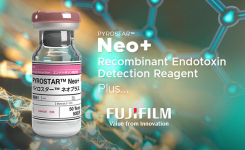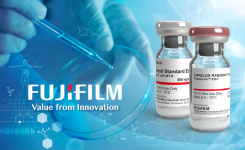Data integrity remains an important topic in pharmaceutical and biopharmaceutical manufacturing science. The purpose of data integrity is to ensure that the accuracy of production processes, and the quality of products, are evidenced through the associated documentation. It is essential that facilities report what is occurring in their labs’ processes to ensure that good laboratory ethics are continuously practiced throughout the production of their products. Although this is nothing new to the community, every manufacturer around the world must ensure that the data related to their products has not been affected or compromised.
In FDA’s Data Integrity and Compliance with Drug cGMP Guidance for Industry, it states that “data integrity is critical throughout the CGMP data life cycle, including in the creation, modification, processing, maintenance, archival, retrieval, transmission, and disposition of data after the record’s retention period ends.
Endotoxin testing can be performed by three different methods; gel clot, turbidimetric, and chromogenic. The ability to test endotoxin by the change in turbidity (turbidimetric method) or by chromophore release (chromogenic method), can be accomplished with a microplate reader. This can only happen when the instrument works in conjunction with software to ensure that data integrity of the testing was performed.
In contrast, the gel clot method cannot be performed on the microplate reader and is, therefore, the only method that is unable to prove that the integrity of the data was held throughout the testing process with software. Although the testing of this method is based on a subjective interpretation of the user, many can question if the user is trained properly to be able to give an accurate interpretation of the results; however, there is an instrument, known as a tube reader, that is capable of gel clot evaluation. Unlike the heat block and water bath, this incubator can evenly distribute the temperature of 37 ± 1ºC for heat stability and control vibration to avoid inaccurate determination of results. The tube reader also has a user-friendly software to provide a visual trend of what is occurring with the sample and the direction the test is going in real-time. The software is FDA 21 CFR Part 11 compliant, which allows the tube reader to be able to have the proper electronic data and signatures from all parties involved in the testing of the product. This benchtop instrumentation is specific for endotoxin data processing that is based on the protocols complying with three Pharmacopoeias (USP, EP, JP) for bacterial endotoxin testing and capable of a successful output of very detailed reports.
This instrumentation and software are great for clients who are using the gel clot method but would like to start measuring endotoxin by the chromogenic or turbidimetric method. The technology gives the user time to gradually convert from the gel clot method to the kinetic application while still being able to carry out the protocol they have already established using the same instrumentation for both; thereby, allowing for testing to be done by every method. It also gives the customer flexibility when introducing a new product to be tested for endotoxin testing.
Data integrity will continue to be an important topic in this industry. Whether the information is all recorded by handwritten documentation or by software that can ensure the data is kept secure and free of manipulation, ensuring that data integrity remains intact should be the number one goal of every laboratory.



